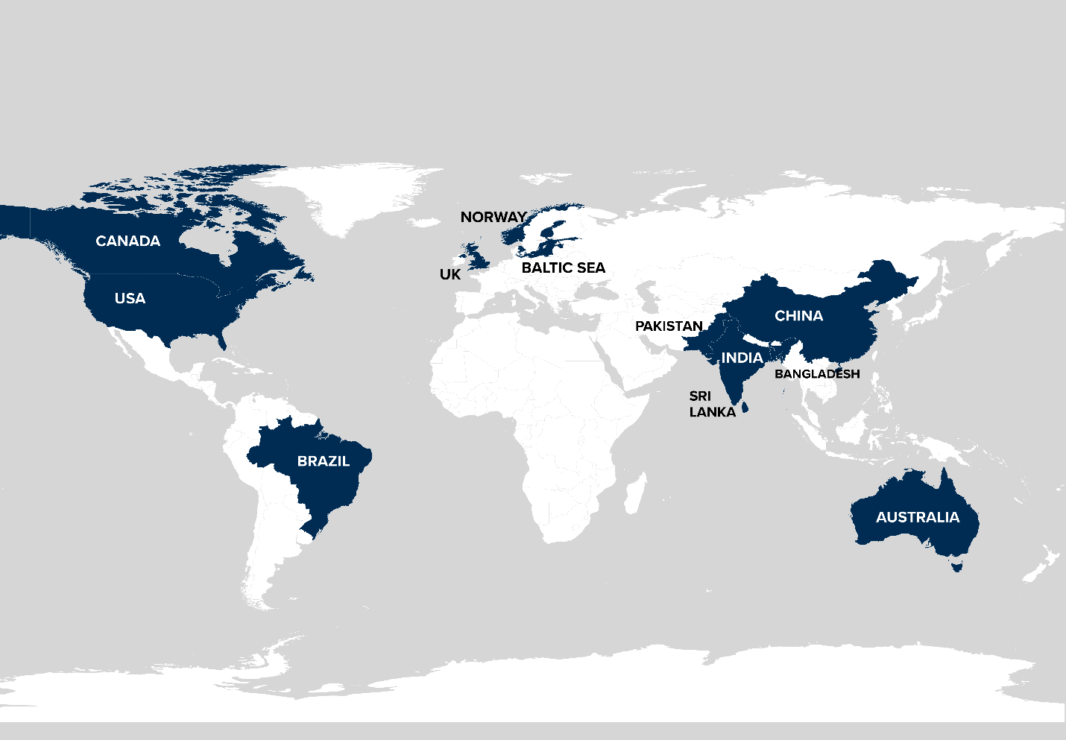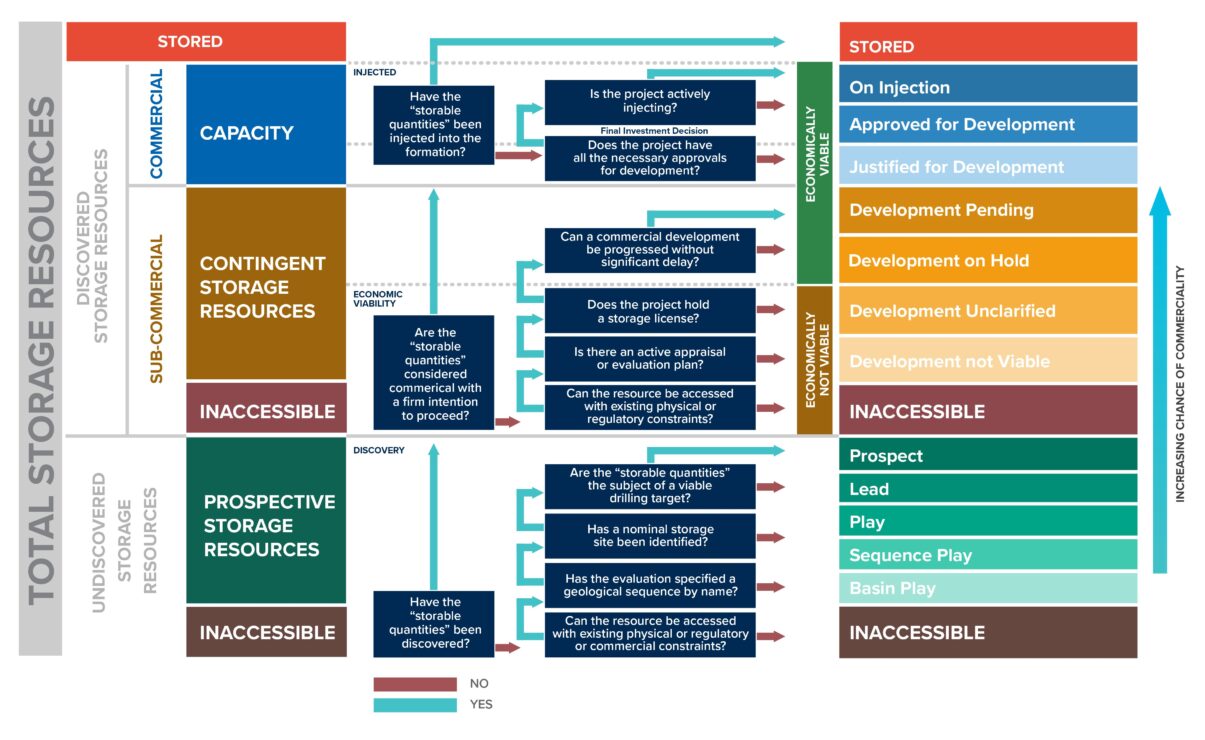Insights and Commentaries
Global CO2 Storage Resource Database a critical step forward for the deployment of CCS
4th August 2020
Topic(s): CO2 storage
At the global level, both the Intergovernmental Panel on Climate Change (IPCC) and the International Energy Agency (IEA) consistently show CCS being deployed at a significant scale to reduce emissions to net-zero by 2050 and economically meet long-term climate targets.
To achieve this, multi-gigatonne storage of carbon dioxide (CO2) will be required to reduce emissions. In fact, the IPCC climate pathways model up to 1,200 gigatonnes (Gt) of CO2 cumulatively stored by 2100. In the IEA Sustainable Development Scenario (SDS), which is consistent with meeting the goals of the Paris Agreement, global CO2 storage reaches 2.8 Gt per annum by 2050.
Reaching these levels of permanent geological storage will require a CCS deployment rate of more than double that of the growth of the oil industry during the last century. Central, and critical, to achieving this scale of development will be the ongoing, global characterisation and development of CO2 storage sites.
A recently launched global CO2 storage database is seeking to drive these assessments. Launched in July, the Global Storage Resources Database (the GSRD) aims to become the global repository for all future storage resource assessments, supporting the growth of a safe and commercially viable CCUS industry.
It will do this by bolstering investors’ understanding of commercial development and maturity of published CO2 storage resources, thereby leading to increased investor confidence.
The GSRD, a collaborative effort by the Global CCS Institute and Pale Blue Dot Energy (PBDE) on behalf of the Oil and Gas Climate Initiative (OGCI), has identified 408.6 Gt of CO2 storage available to meet the IEA SDS climate targets across 525 potential sites in 13 countries.
Information on the 525 potential CO2 storage sites currently in the Database comes from the Global CO2 Storage Resource Assessment 2019, the first of a six-year programme which assessed more than 12,000 Gt of potential storage resource. This assessment was a world first applying the SPE Storage Resources Management System (SRMS).
The countries evaluated in the GSRD represent the first assessment of a six-year public resource provided by the OGCI. Using a comparable system to the petroleum resource management scheme, the CCS focussed system aims to:
- Provide a set of clear and consistent definitions for those defining storage resources.
- Improve commercial confidence in storage resource evaluations for investors and decision-makers.
- Create a single terminology for storage assessors and those outside the industry enabling clear communication.
- Set benchmarks for storage maturity during national and regional assessments.
Assessment Outcomes
The assessment highlights the urgent need to develop storage resources. Ninety-seven per cent of the 12,267 Gt of storage resources assessed are deemed undiscovered. These resources require further site characterisation, more detailed analysis and subsurface data. A lack of storage resources (along with a lack of regulation) was recently highlighted in the Global Status of CCS: 2019.
In addition, the assessment highlights that only 106 million tonnes (Mt) of storage capacity, or 0.001 per cent of the total assessed, is commercially viable. This low value reflects the policy and economic constraints on developing CO2 storage sites for CCS.
The 13 countries and regions included in the initial assessment were Australia, Bangladesh, Brazil, Canada, China, India, Norway, Pakistan, Sri Lanka, the United Kingdom, the United States and the Baltic Sea, that also takes into account offshore regions of Germany and Denmark (see below map). Across the 525 sites, the majority are located in the United States (132), followed by the United Kingdom (87), China (72), Canada (67) and Norway (42).
The assessment focussed on deep saline formations and oil and gas fields but did not account for CO2-Enahanced Oil Recovery (CO2-EOR) operations. No CO2-EOR fields accounts for the discrepancy between the total CO2 stored amount of 30 MtCO2 in this assessment and the more than 250 GtCO2 of the Global CCS Institute data.
Reviewing the difference between deep saline formations and oil and gas fields, 98 per cent of resources are in the formations. Only two per cent in petroleum fields. On review of the national assessment around the world, this break-down is comparable. For example, the USA’s 2015 Storage Atlas has a similar percentage between formations and fields.
Method
PBDE developed the methodology behind the GSRD assessment. Through using the flow chart and the definitions of the SRMS, the assessment reviewed the published storage resources of over 170 publications ranging from regional assessments through to site-specific articles.
The vital role of CCS and the resulting permanent storage of CO2 in reducing emissions and achieving global climate targets has never been clearer, and the need to develop and deploy the technology never more urgent. The GSRD represents not only a successful collaboration to achieve a world first independent catalogue of CO2 storage resources, it represents a monumental step forward in the ongoing characterisation and development of storage sites and the global deployment of CCS.

